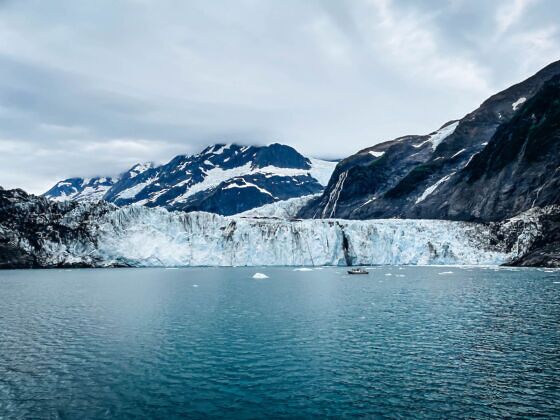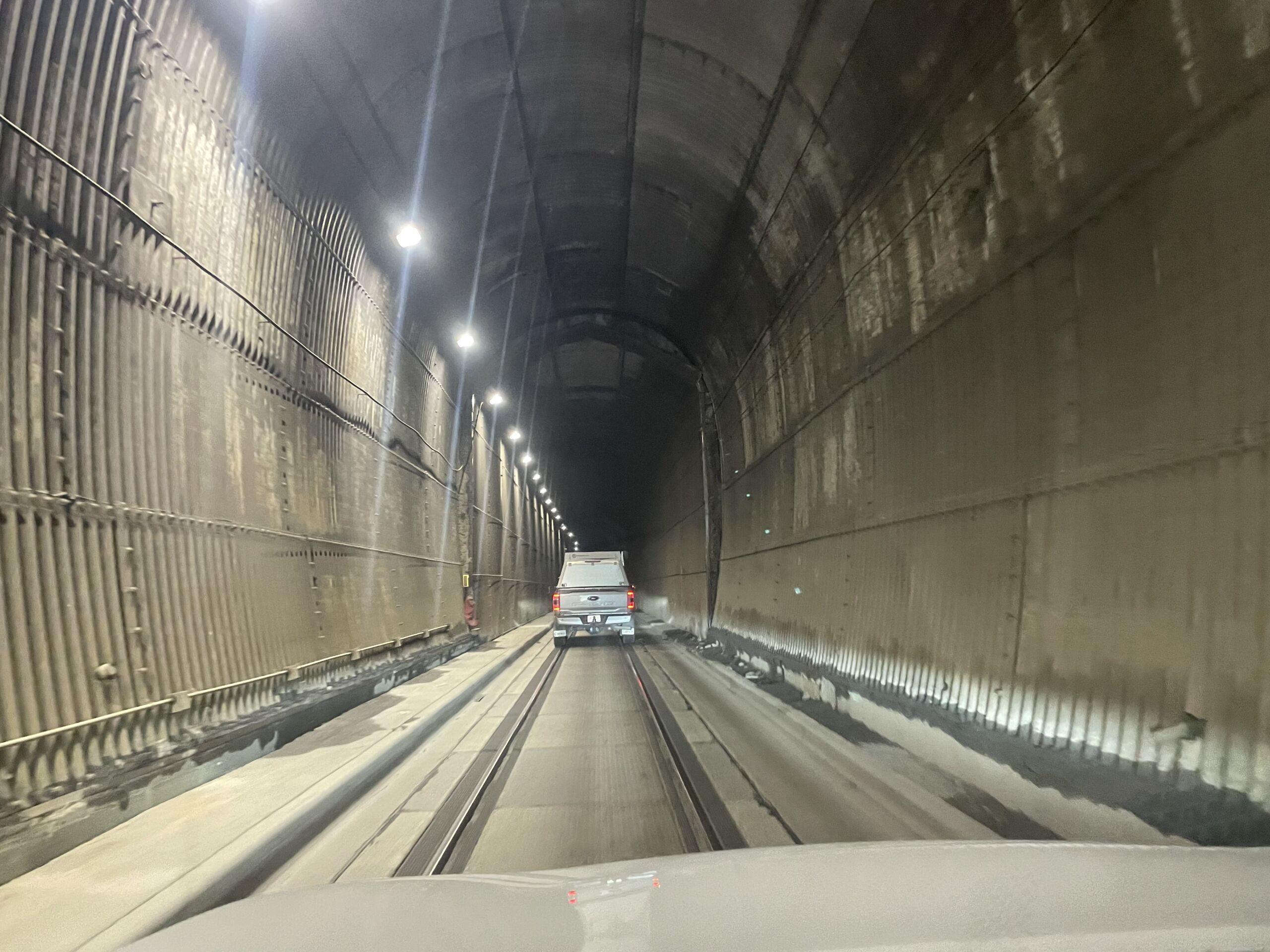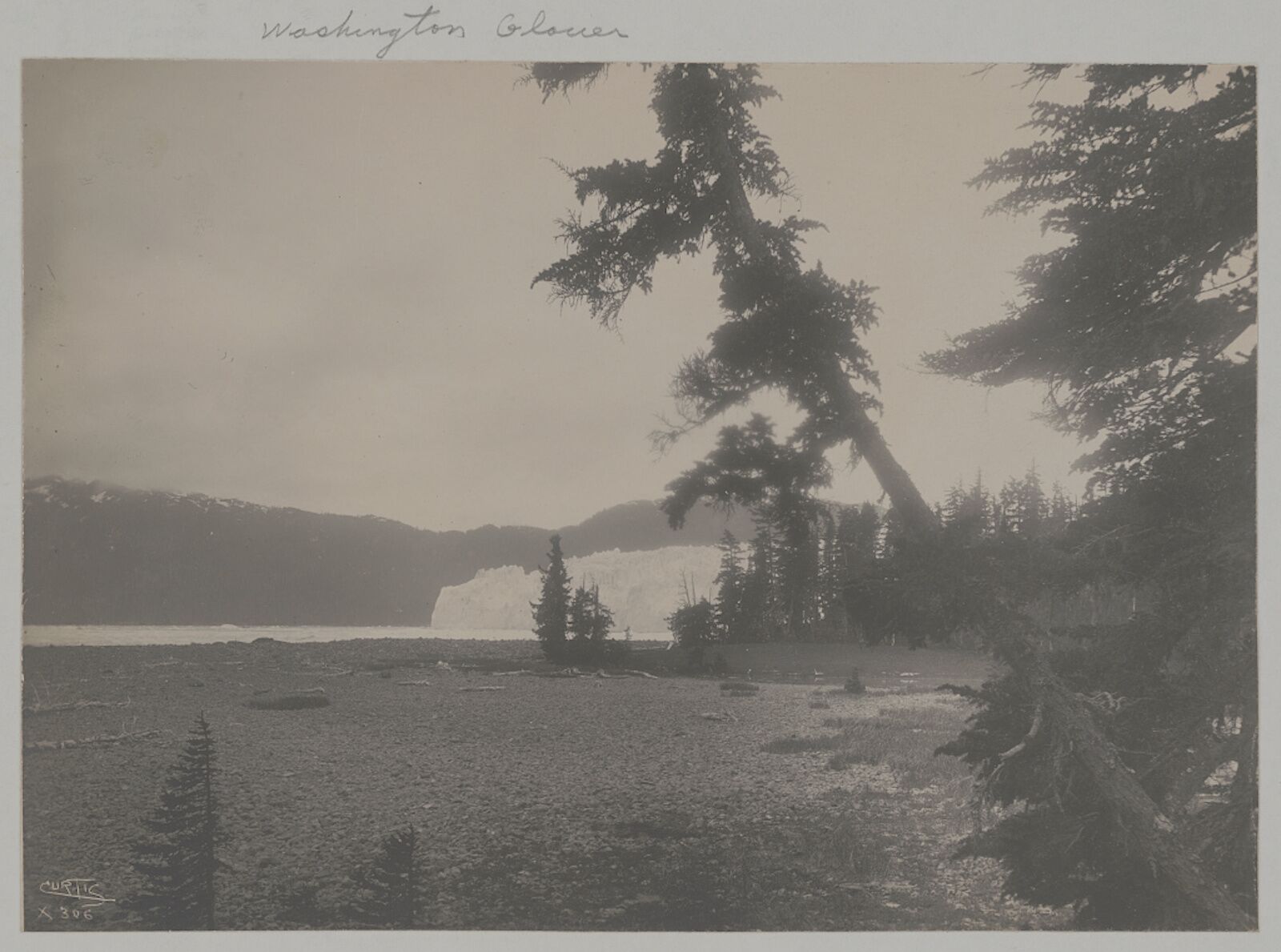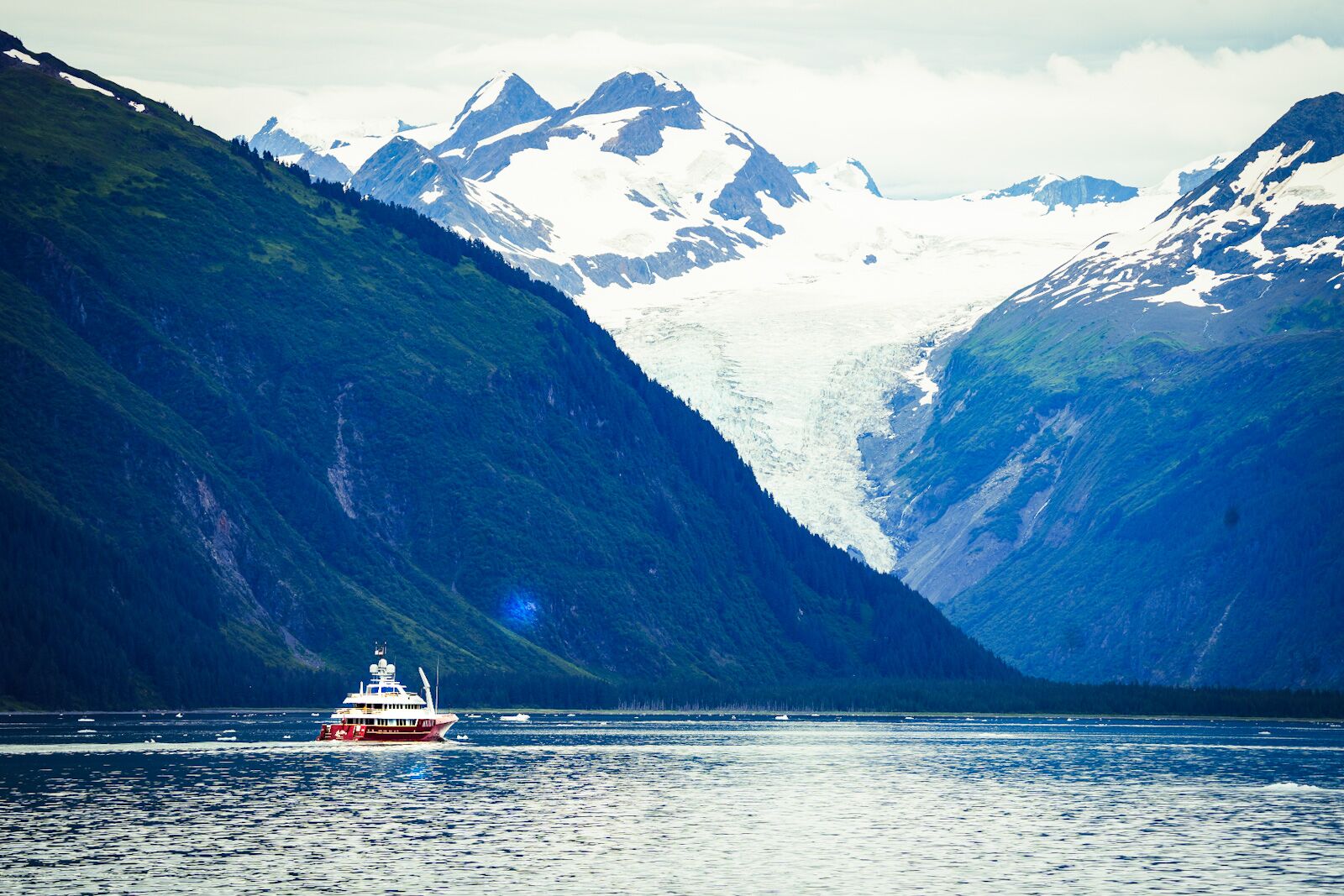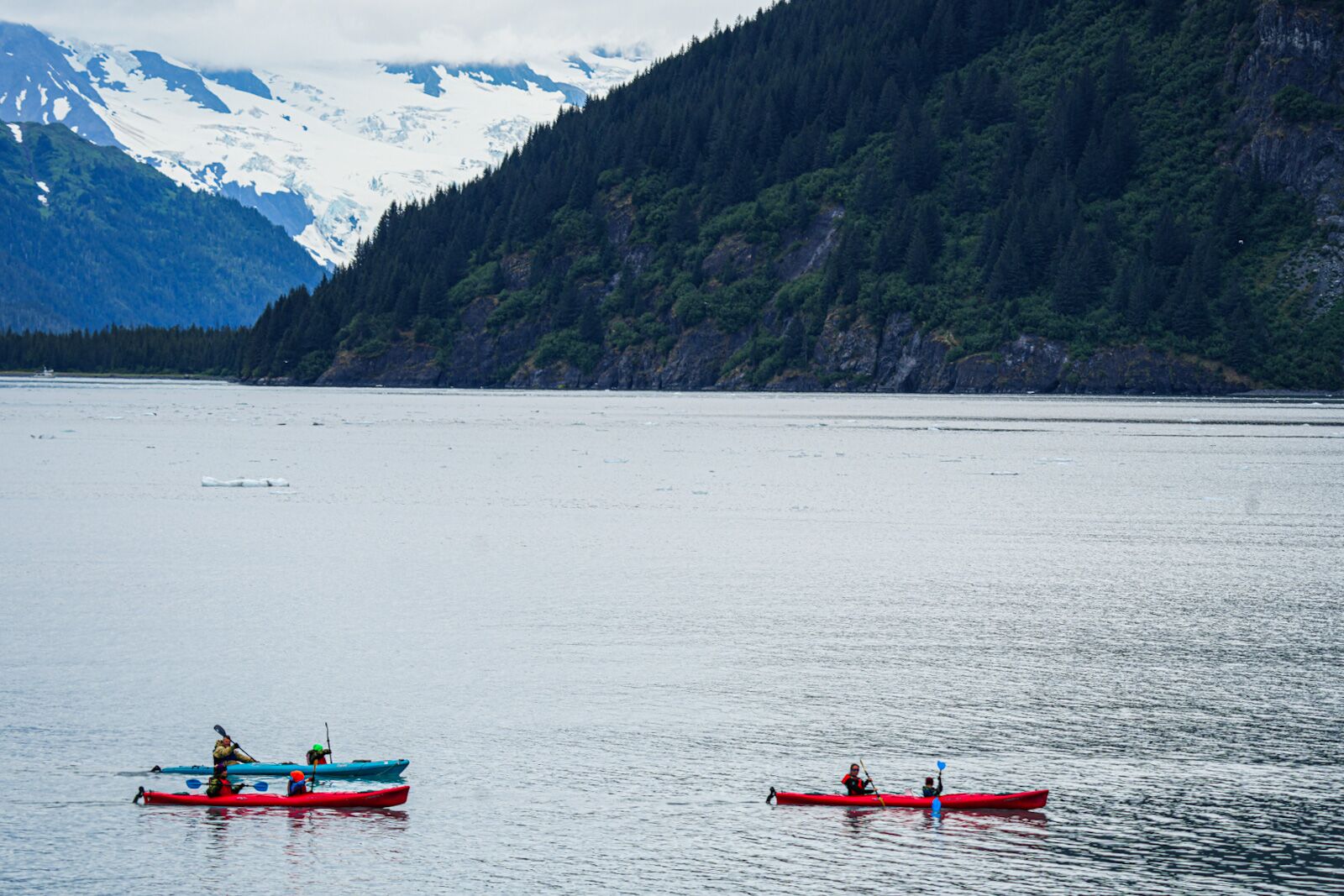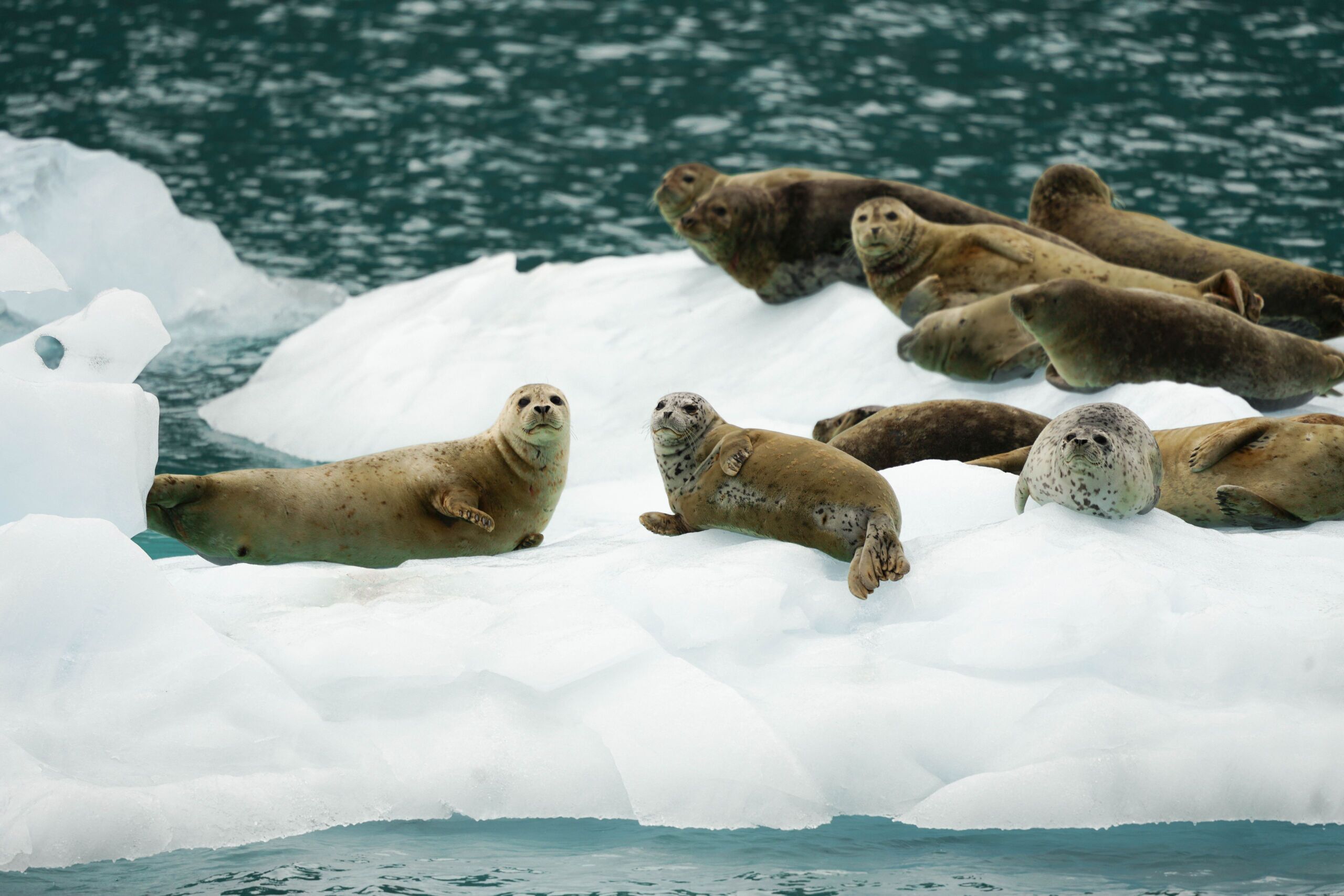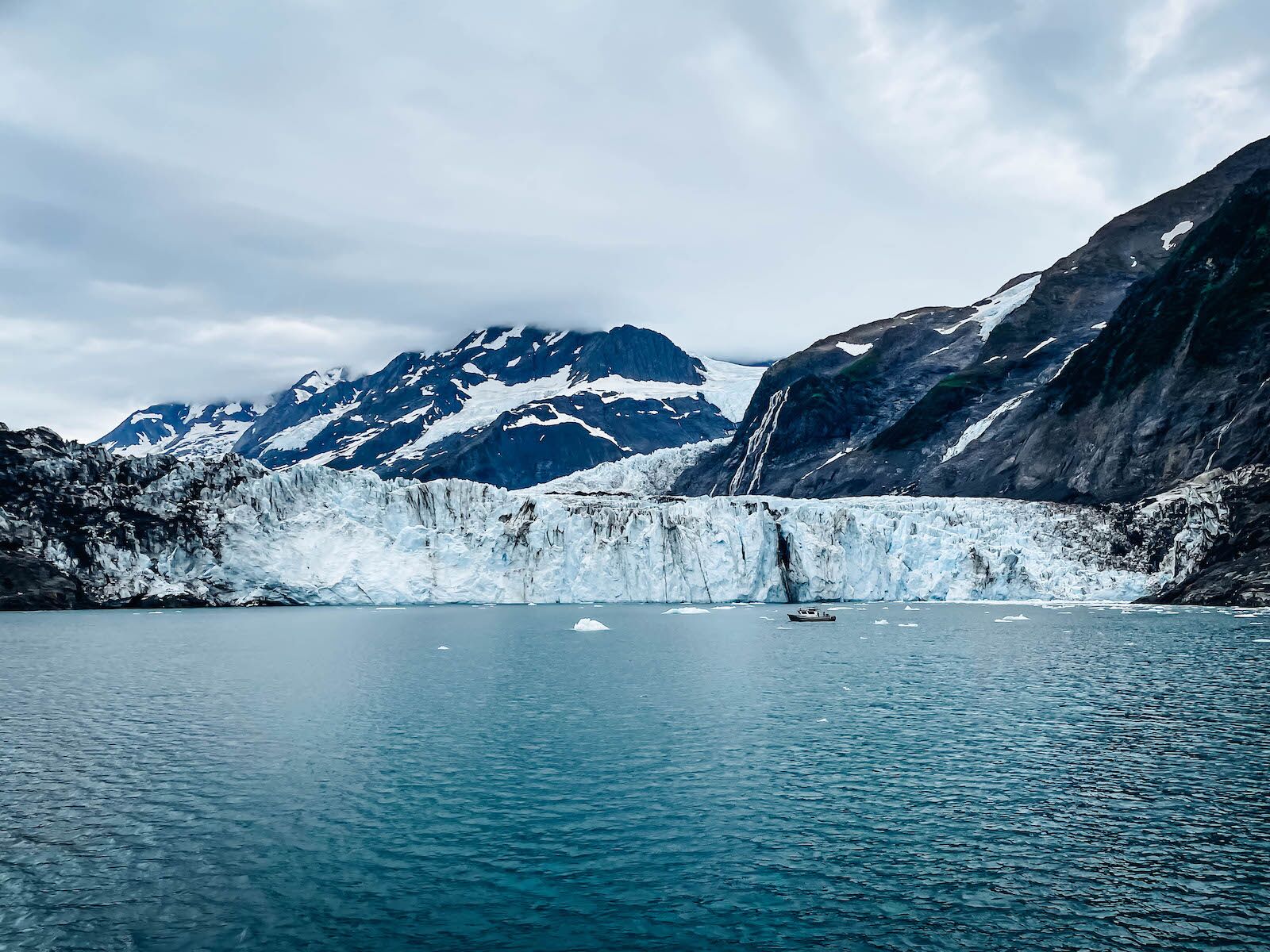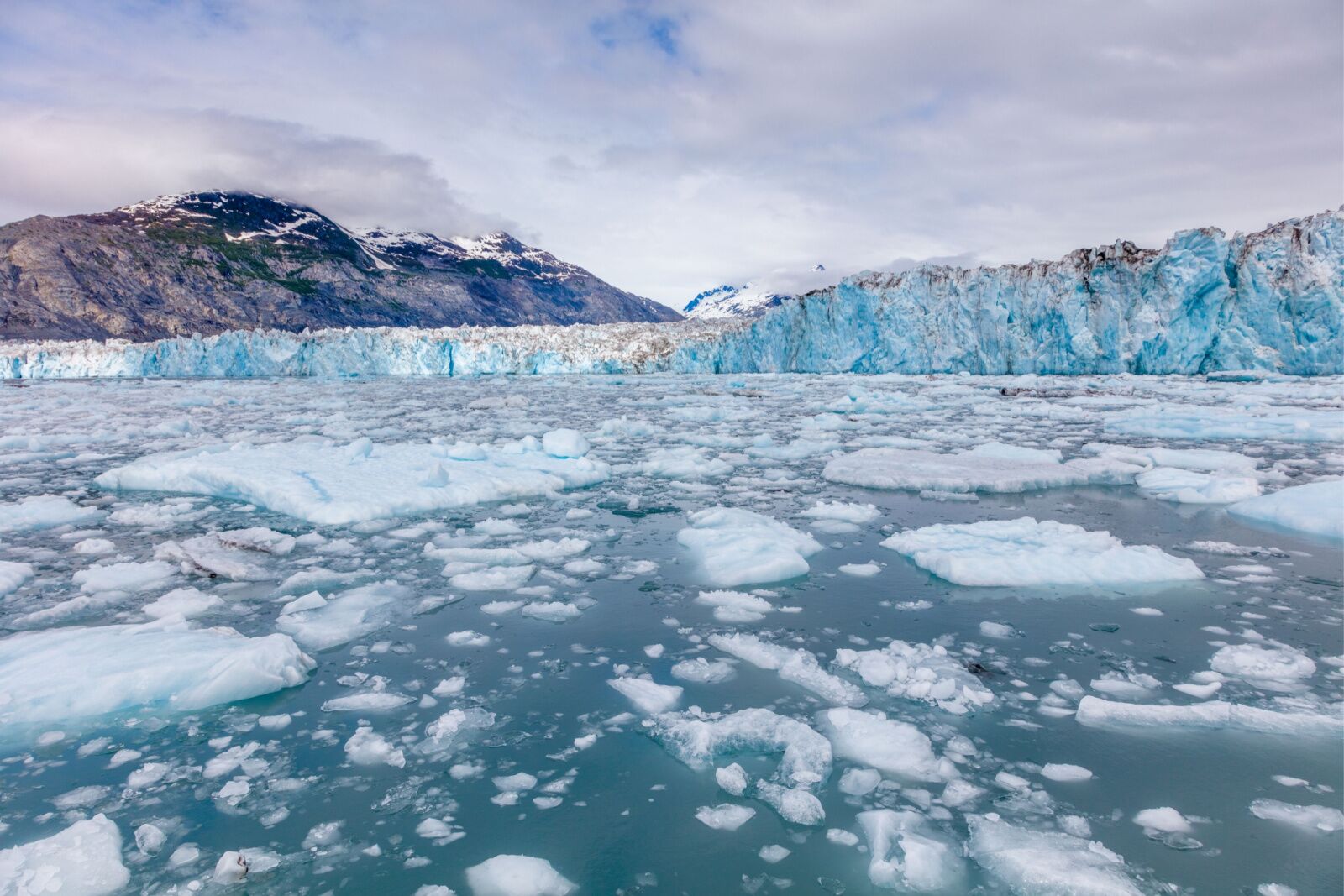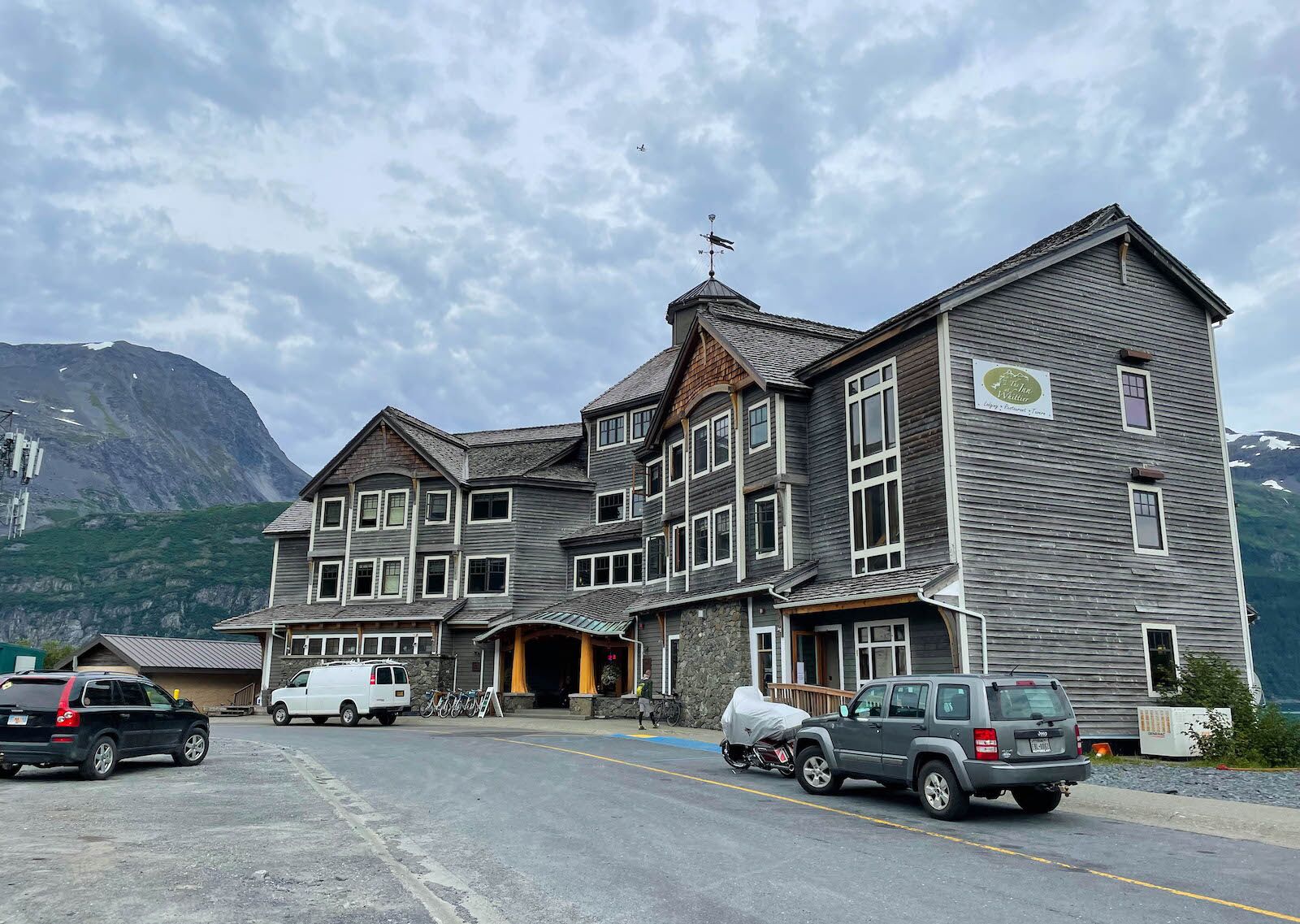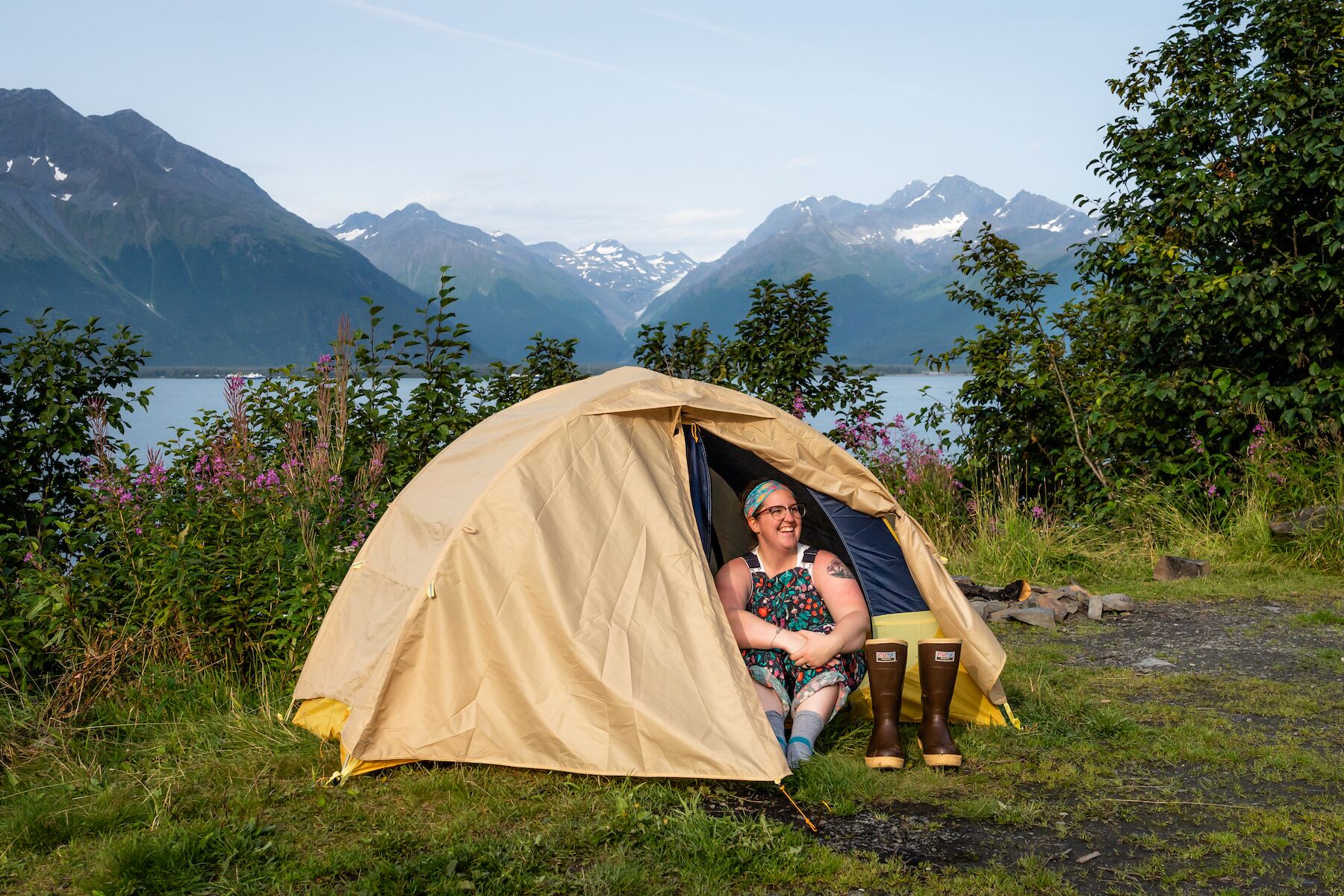Alaska has no shortage of beautiful places that look like fjords straight out of Norway, but two tend to get the most attention: Glacier Bay National Park near Juneau, and Kenai Fjords National Park, near Seward.
Unfortunately for visitors to Anchorage, Alaska, both of those places are really far away. It’s a two-hour flight to reach Juneau from Anchorage, followed by a four-to-six-hour ferry to Glacier Bay. Kenai Fjords is a bit closer, requiring a three-hour drive to Seward, followed by a ferry along the park’s coast.
